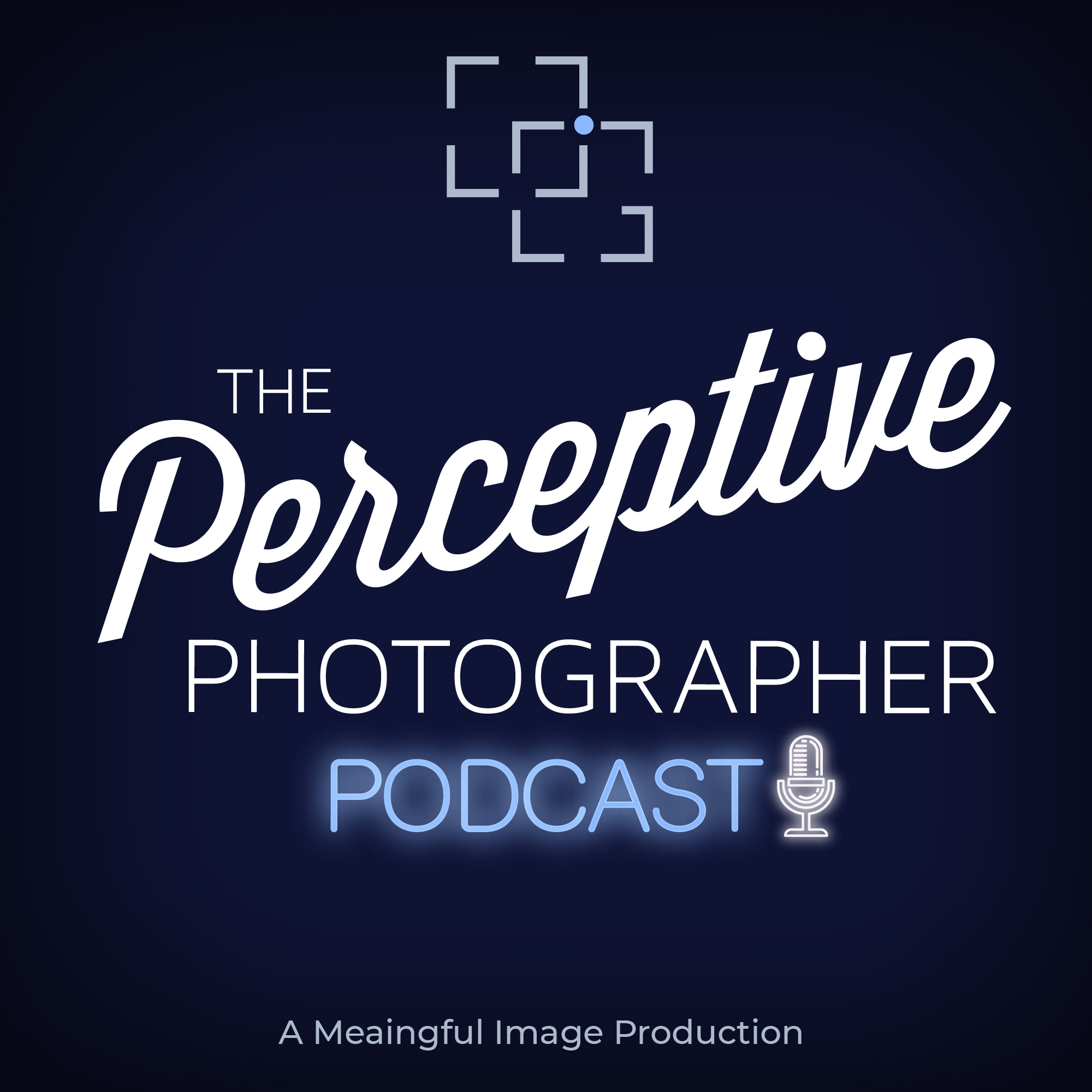Podcast: Play in new window | Download
Subscribe: Spotify | iHeartRadio | TuneIn | More
In Part 2 of our look at Roland Barthes Camera Lucida we spend time talking about the second part of the book. While the first part focused more heavily on the coding and meaning of photography and photographs as points of basic study and banality (studium) and photographs of true interest or applied pressure (punctum), the second half of the book focuses more on how the images impact him and his search for an actual photograph.
He is ultimately able to find a photograph of his mother that he considers to be a real photograph. His primary criteria was finding a photograph that he recognized her. Without the historical context of his own memory and association, could he find a true image. He does find one photograph “A Winter Garden” when his mother is a child and it reveals to him the same experience of looking at here as when he was caring for her at the end of her life. Over the course of the discourse he dives into idea around how photographs are able to confirm the existence of something from the past but not recreate the past. Images are, even more than language, able to say for certain that something has happened. He also spends time examining how we see art, cinema, painting and photography in our understanding of what is real. More importantly, he examines what allows us to find reality in images that by definition have no real meaning.
At the end of the podcast, I offer up some idea for how to apply some of the ideas and concepts that Barthes proposes to help you examine your own work.
Affiliate link to Amazon.com to pick up Camera Lucida


